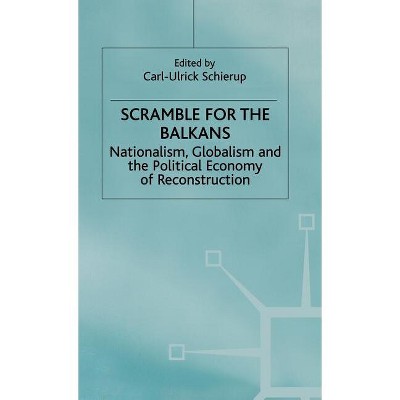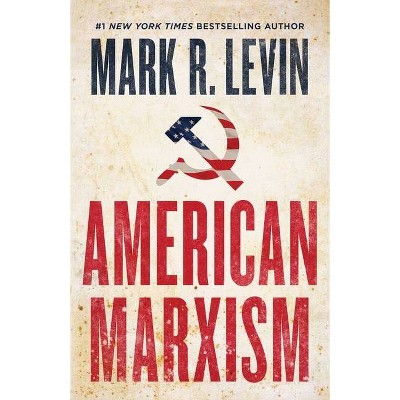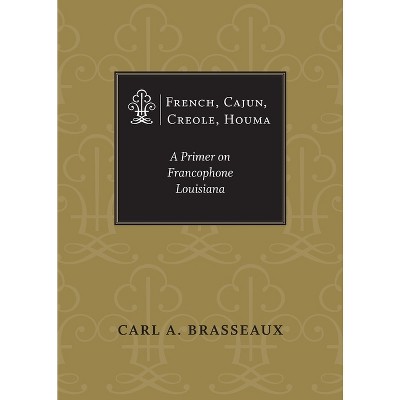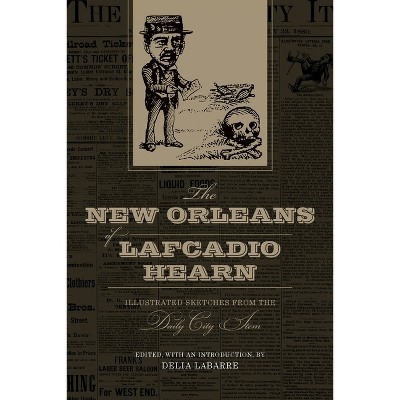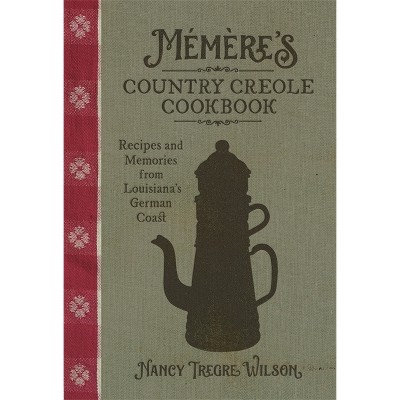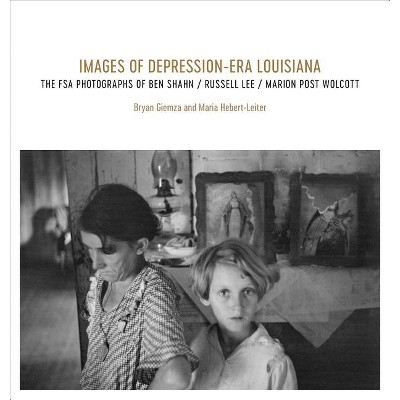Sponsored

Folklore Figures of French and Creole Louisiana - Annotated by Nathan Rabalais (Hardcover)
In Stock
Sponsored
About this item
Highlights
- In Folklore Figures of French and Creole Louisiana, Nathan J. Rabalais examines the impact of Louisiana's remarkably diverse cultural and ethnic groups on folklore characters and motifs during the eighteenth and nineteenth centuries.
- About the Author: Born in Eunice, Louisiana, Nathan J. Rabalais is the Joseph P. Montiel Assistant Professor of Francophone Studies at the University of Louisiana at Lafayette.
- 258 Pages
- Social Science, Folklore & Mythology
Description
About the Book
""Folk Figures of French and Creole Louisiana" offers an in-depth analysis of Louisiana's French and Creole folklore, examining how figures of folklore arose from the state's remarkably diverse cultural and ethnic groups during the eighteenth and nineteenth centuries. These characters and traits remain an integral presence in Louisiana's contemporary cultural landscape, apparent in humor, popular culture, regional branding, and children's books. As an expression of the region's culture, Louisiana's folklore lends itself as a symbolic and cultural manifestation of the collective imaginary. By undertaking comparative analyses of elements of Louisiana's oral tradition and contextualizing these analyses with a discussion of major immigration phenomena, Rabalais demonstrates how folktales can serve as indicators for sociocultural adaptation as well as contact among cultural communities. While existing scholarship on Louisiana folklore frequently focuses on collections of folktales, "Folk Figures of French and Creole Louisiana" draws on previous work to create an annotated corpus of specific figures and genres. By placing Louisiana in the larger context of la Francophonie, Rabalais argues that folktales are evidence of cultural adaptation and collective experience. Establishing connections between Louisiana and France, West Africa, Canada, and the Antilles allows comparisons of Louisiana's variants of the same genres to see how characters, motifs, and morals have adapted to their new context. This historical and comparative approach illustrates what motifs and themes remain sufficiently relevant to persist throughout time ('stable functions') or how they are expressed and adapted to the sociocultural environment of Louisiana ('variable functions'). Rabalais's analyses are particularly informed by recent research on cultural trauma, positing that collective trauma experienced by Louisiana's major ethnic groups - the Grand dâerangement, slavery, linguistic discrimination, etc. - has resulted in fundamental changes in these folktales in relation to their European or African counterparts. Rabalais also examines how culturally shared experiences such as those mentioned above have resulted in an altered moral economy in Cajun and Creole folktales. Conventional heroic qualities, like physical strength, found in the French and African traditions are subverted in Louisiana folklore in favor of a protagonist who succeeds through wit and cunning rather than brute force. Analyses of Black Creole animal tales like those of "Bouki et Lapin" and "Tortie" demonstrate the trickster hero's ability to overcome both literal and symbolic entrapment through cleverness. The studies presented on these lesser known stories, largely absent from the Anglocentric research of the twentieth-century on African-American oral tradition, also contribute to the field of folklore and anthropology by reframing this repertoire more accurately as the product of an African-Caribbean cultural continuum. Furthermore, by examining variants of the Bouki et Lapin tales, also found in Cajun communities, Rabalais demonstrates how folktales can serve as indicators of sustained interracial contact and sociocultural adaptation"--Book Synopsis
In Folklore Figures of French and Creole Louisiana, Nathan J. Rabalais examines the impact of Louisiana's remarkably diverse cultural and ethnic groups on folklore characters and motifs during the eighteenth and nineteenth centuries. Establishing connections between Louisiana and France, West Africa, Canada, and the Antilles, Rabalais explores how folk characters, motifs, and morals adapted to their new contexts in Louisiana. By viewing the state's folklore in the light of its immigration history, he demonstrates how folktales can serve as indicators of sociocultural adaptation as well as contact among cultural communities. In particular, he examines the ways in which collective traumas experienced by Louisiana's major ethnic groups--slavery, the grand dérangement, linguistic discrimination--resulted in fundamental changes in these folktales in relation to their European and African counterparts.
Rabalais points to the development of an altered moral economy in Cajun and Creole folktales. Conventional heroic qualities, such as physical strength, are subverted in Louisiana folklore in favor of wit and cunning. Analyses of Black Creole animal tales like those of Bouki et Lapin and Tortie demonstrate the trickster hero's ability to overcome both literal and symbolic entrapment through cleverness. Some elements of Louisiana's folklore tradition, such as the rougarou and cauchemar, remain an integral presence in the state's cultural landscape, apparent in humor, popular culture, regional branding, and children's books. Through its adaptive use of folklore, French and Creole Louisiana will continue to retell old stories in innovative ways as well as create new stories for future generations.About the Author
Born in Eunice, Louisiana, Nathan J. Rabalais is the Joseph P. Montiel Assistant Professor of Francophone Studies at the University of Louisiana at Lafayette. He earned a PhD in French studies at Tulane University and a Doctorat en lettres et langues from the Université de Poitiers. He directed Finding Cajun, a documentary film on cultural identity in Louisiana.

